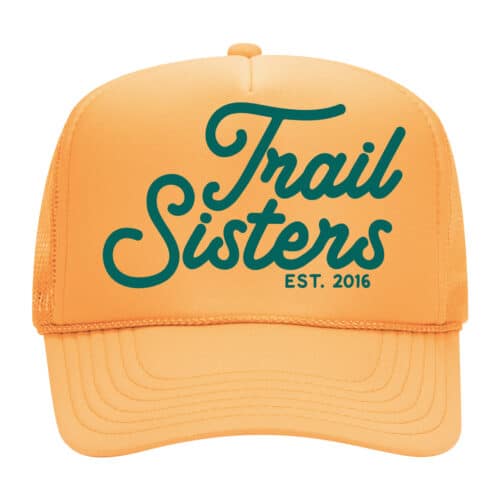Modes of Ambulation
Included in the category of ‘mountain running’ are skate skiing, cross country skiing, randonee (AKA alpine touring or AT skiing), trail running, speed mountaineering, and fell running. Trail and fell running are best executed on a runner-supportable surface of snow that is either fresh and shallow, old and icy, or possessing a thick crust. If the snow you have encountered is none of these consistencies, try moving on to some cross-training in the form of skate or AT.
Traction
YakTracks are for walking; Microspikes are for ice; track spikes are for nutso speed climbers. My athletes find bulky, underfoot solutions interfere with their well-practiced gait and they can lead to pesky overuse injuries. The clunky nature of the former solutions makes transitioning between pavement, gravel, dirt, snow and ice quite noisy and uncomfortable. The solution: to run in hard-packed snow, hobnail your shoes. La Sportiva makes an easy-to-install hobnail kit. Personally, I run in un-hobnailed trail shoes unless the melt-freeze cycle makes the surface into a total ice rink. This is an added challenge to keep my core engaged and my gait tight.
Layering
The key to hypothermia-free snow running jogs is layers––but not too many. Any more than three layers on top or two layers on the bottom will leave you feeling like a sausage no matter how super svelte or gorgeously voluptuous you might be. Start with paper-thin layers and, if you get to three and two and it is still cold (while you are moving more than ten minutes out from the trailhead) up the thickness of the layers. Alternating wool and synthetic layers makes the layers drape nicely against one another. Add a pair of wool or windproof gloves and a thin toque or balaclava and you’re set. You will be cold for the first bit of your run if you’re properly-attired; your goal on a snowy run should be to layer such that you don’t sweat. Rapidly-cooling sweat is what makes you freeze when you stop for a short break on the trail.
Cr. David Moskowitz
Terrain
For those of you who are also alpinists or skiers, it goes without saying that a runner without avalanche safety training and proper equipment is safest running well away from avalanche terrain. When choosing a training route, select terrain that is out of harm’s way. Some surfaces that tend to suit snow running are well-trodden, ungroomed single-track and plowed or snowmobile-packed Forest Service roads. Please avoid groomed cross-country and skate ski tracks or obvious backcountry skin tracks––these athletes and their communities take great care to maintain specialized routes for skiers.
Training Tips
The two snow running-specific exercises I’d suggest you begin to incorporate six weeks prior to expected first snow are not obvious ones: Pistol Squats and Strict Pull-ups. I included a full barrage of snow-specific training and variations to each exercise in my e-book (Running In Snow) if you really want to get dialed in. Time at altitude, heat training, and pregnancy are all means by which the snow runner can build their tolerance for cold temps and the added stimulus of stabilizing the foot as you plow through fluff. If snow running feels inordinately hard on your musculoskeletal system, that’s a good indication that your core and floor need a tune up.
Take a Break
If you live in a location like my hometown that remains snow-bound for months out of the year, consider planning a running vacation. Whether you, like me, travel someplace high and dry like the Joshua Tree deserts of Cali or simply to lower elevations near home, putting a running trip on your calendar can be just the motivation you need to keep moving when the white stuff flies.














